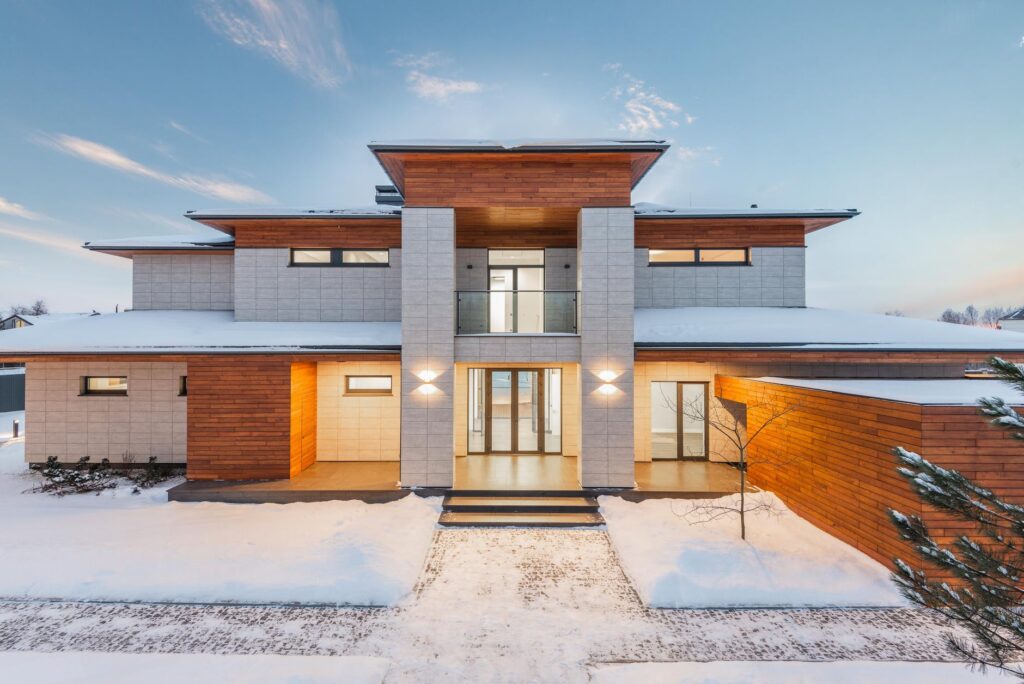
Introduction:
Residential construction is not just about building houses; it’s about creating spaces that inspire, comfort, and reflect the lifestyles of homeowners. As the demands and preferences of homeowners evolve, so do the trends and innovations in residential construction. In this article, we will explore the exciting world of designing spaces, uncovering the latest trends, and innovations that are shaping the residential construction industry. Join us as we delve into the art of designing spaces and discover how these trends are revolutionizing the way homes are built.
I. Embracing Open Concept Living:
Open concept living has gained immense popularity in recent years, transforming the way we perceive and utilize space in our homes. This section explores the trend of open floor plans, where living, dining, and kitchen areas seamlessly flow together, creating a sense of spaciousness and facilitating social interactions. We will discuss the benefits of open concept living, such as enhanced natural light, improved connectivity, and the flexibility to adapt to changing lifestyles.
II. Sustainable and Eco-Friendly Practices:
As environmental consciousness grows, so does the demand for sustainable and eco-friendly residential construction practices. This section explores the trend of incorporating sustainable materials, energy-efficient systems, and eco-conscious design principles in residential construction. We will delve into innovations such as green roofs, solar panels, rainwater harvesting, and efficient insulation techniques that reduce the environmental footprint of homes. By embracing sustainable practices, homeowners can contribute to a greener future while enjoying the benefits of reduced energy consumption and lower utility bills.
III. Smart Home Technologies:
The advent of smart home technologies has revolutionized the way we interact with our living spaces. This section explores the trend of integrating technology into residential construction, creating homes that are intelligent and interconnected. We will discuss innovations such as voice-controlled assistants, automated lighting and temperature systems, home security and monitoring devices, and smart appliances. These technologies enhance convenience, security, and energy efficiency, transforming houses into technologically advanced and efficient living spaces.
IV. Multifunctional and Flexible Design:
With evolving lifestyles and changing needs, homeowners seek spaces that can adapt and serve multiple functions. This section explores the trend of multifunctional and flexible design, where rooms and furniture can transform to accommodate various activities. We will discuss concepts such as convertible furniture, hidden storage solutions, and modular room configurations that maximize space utilization and allow homeowners to customize their living environments.
V. Incorporating Nature and Biophilic Design:
Bringing nature indoors has become a prominent trend in residential construction. This section explores the concept of biophilic design, which emphasizes the integration of natural elements and the connection between humans and nature. We will discuss the use of large windows to maximize natural light, indoor gardens, living walls, and the incorporation of natural materials such as wood and stone. By incorporating nature into living spaces, homeowners can create environments that promote well-being, reduce stress, and enhance the overall aesthetic appeal of their homes.
Conclusion:
Designing spaces in residential construction is an ever-evolving process that responds to the changing needs and desires of homeowners. By embracing trends and innovations such as open concept living, sustainable practices, smart home technologies, multifunctional design, and biophilic elements, residential construction is transforming the way we live and experience our homes. These trends not only enhance the functionality and aesthetics of living spaces but also contribute to our well-being and environmental sustainability. As the world of residential construction continues to evolve, we can look forward to even more exciting and innovative designs that will shape the future of our homes.